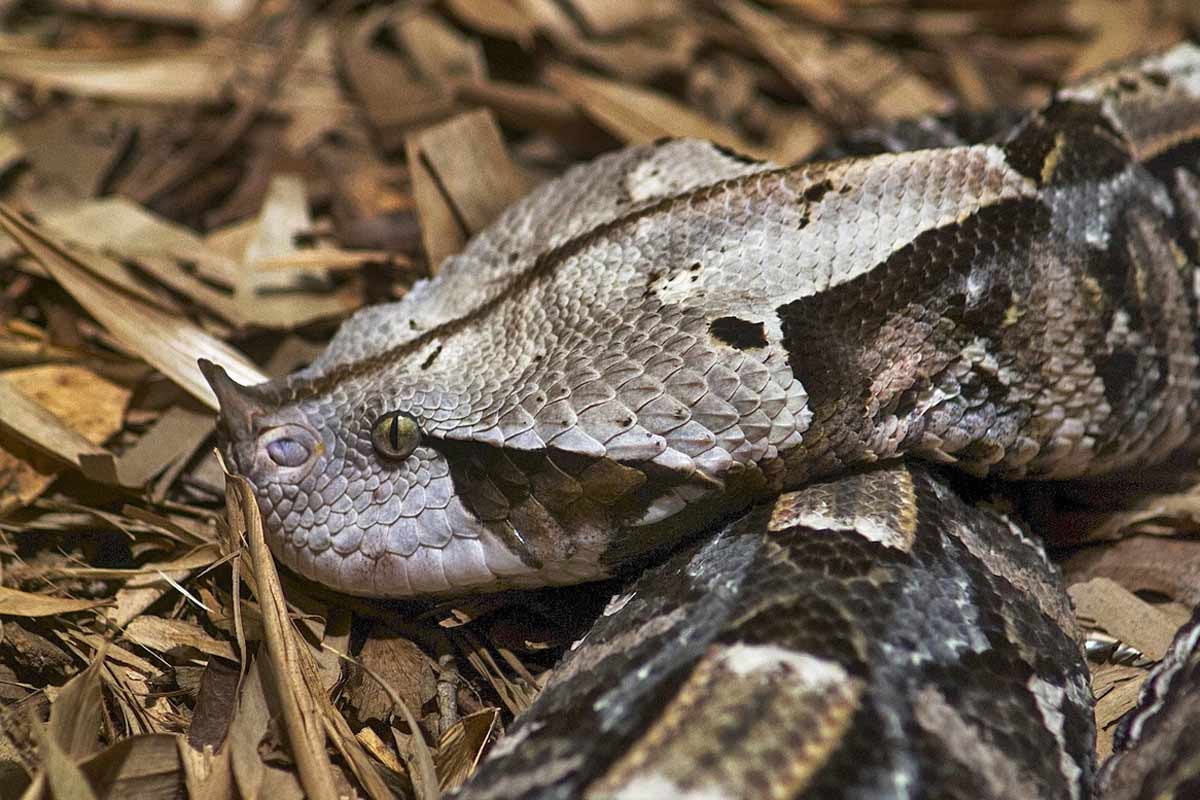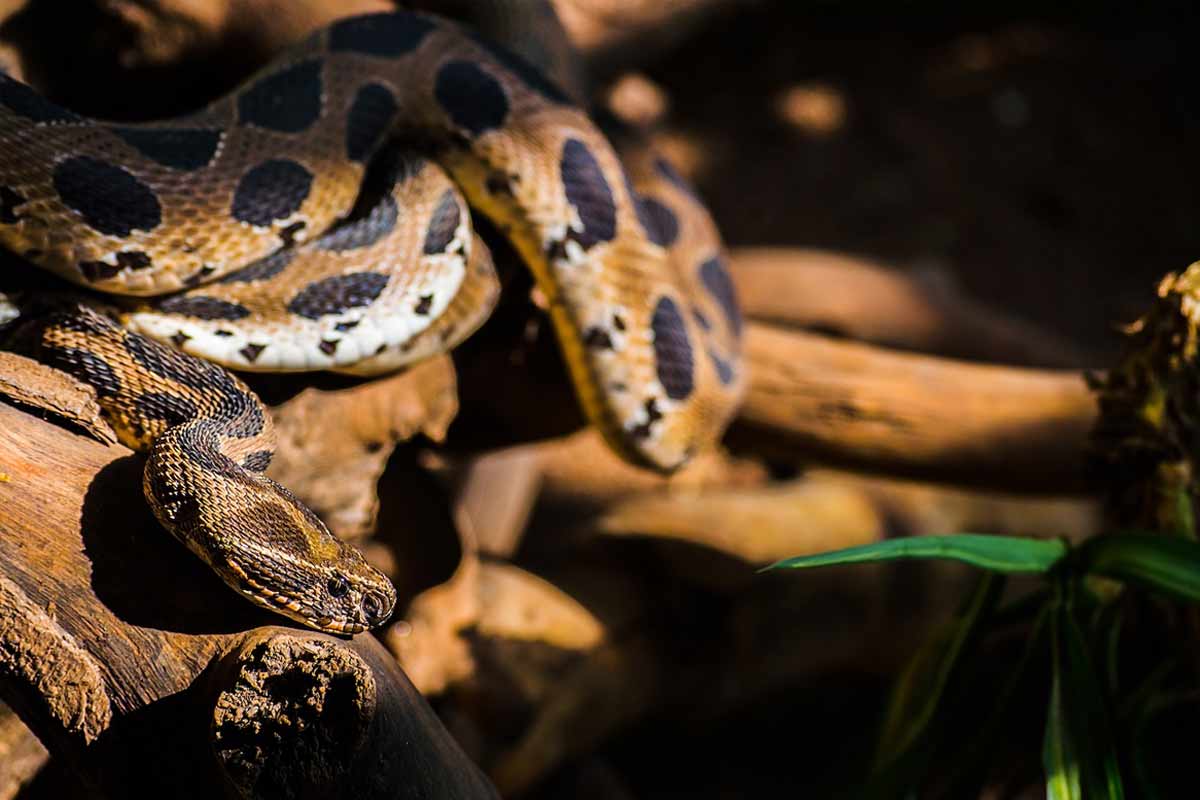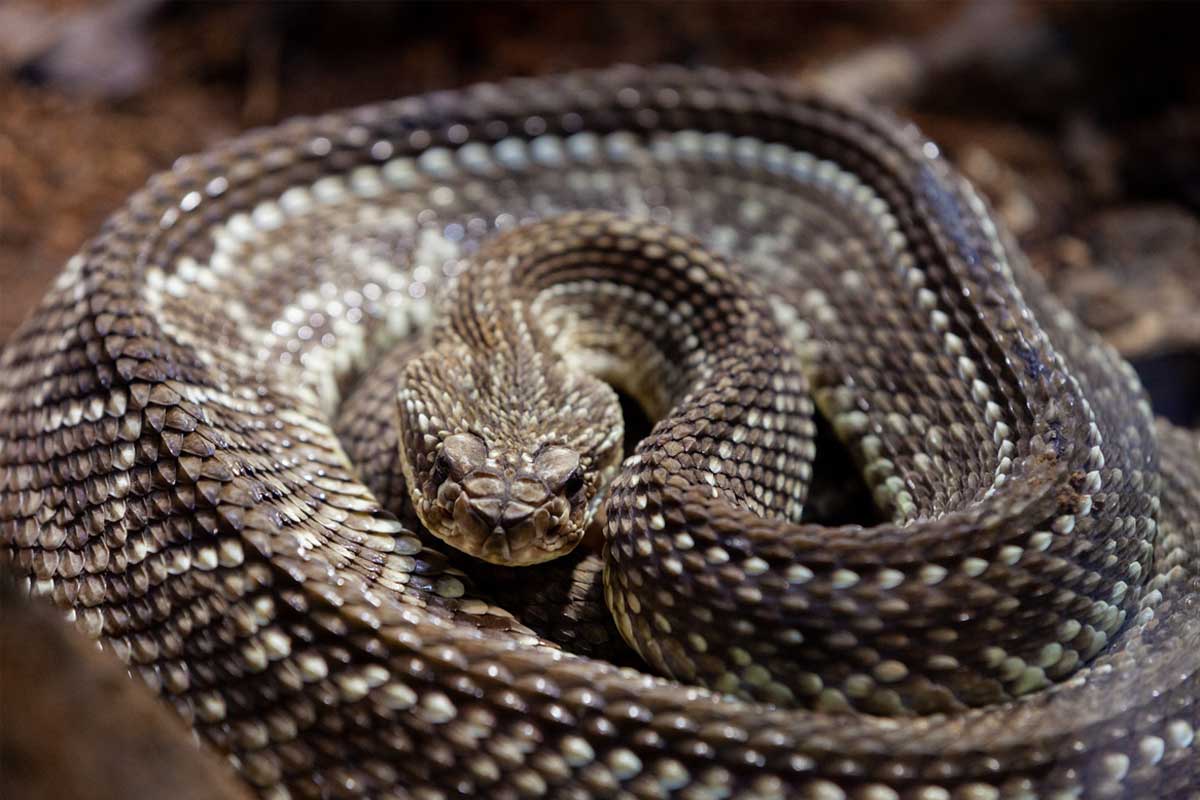Why climate change means we need to rethink antivenom supply
Venomous snakes are among the most dangerous animals on the planet, responsible for at least 80,000 deaths a year, mostly in low-income countries with limited access to antivenom.
- 26 August 2024
- 7 min read
- by Mongabay

- Researchers assessed the impacts of climate change on 209 species of venomous snakes from now until 2070, and concluded that while some may disappear from their range, others are likely to expand to new areas.
- Venomous snakes are among the most dangerous animals on the planet, responsible for at least 80,000 deaths a year, mostly in low-income countries with limited access to antivenom.
- Another impact on public health is the reduction in drug development: snake venom has great pharmacological potential, contributing to the production of medicines used to treat illnesses ranging from cancer to heart failure.
- Ecosystems will also face an imbalance as new species move in and existing ones go extinct, since snakes play a critical role in controlling the population of other animals such as rodents, which are also disease vectors.
Found in the forests of western sub-Saharan Africa, the West African Gaboon viper is considered one of the most venomous snakes in existence. Despite moving slowly, it can attack suddenly, both forward and sideways. Even a small dose of its venom can be deadly. In a future with higher temperatures, the geographical range of this species, Bitis rhinoceros, could expand by 250%. As it migrates into new areas, there’s a growing risk of more people being bitten and an alarming environmental imbalance occurring.
The projected displacement of the West African Gaboon viper is part of a study conducted by international researchers led by Pablo Ariel Martinez, a biology professor at the Federal University of Sergipe in Brazil. Using computer models with different climate variations for the coming decades, the group predicted what could happen to 209 species of venomous snakes by 2070.
The result of their analysis was published in the medical journal The Lancet Planetary Health. It warns about the potential impacts of this change in the geographical distribution of snakes on public health and biodiversity.

“Climate change affects species distribution because they have physiological tolerances — they can only survive and reproduce under certain climatic conditions,” Martinez says. “If the temperature increases, they can disperse in search of colder climates and migrate to areas further north or south of the planet. Species do not respond to political barriers.”
The projections show that Asia will be the continent with the highest rates of snake migration. Nepal, Niger, Namibia, China and Myanmar will be some of the countries most susceptible to witnessing the arrival of venomous snakes from neighboring nations.
In Bangladesh, for example, the environment ministry has recently warned hospitals and health clinics about an increase in the number of people bitten by Russell’s vipers (Daboia russelii) and the need to have antivenom in stock. The species is considered the most dangerous on the Indian subcontinent but was declared extinct in Bangladesh in 2002. It now appears to have returned, thanks to changing climatic conditions, and with the expansion of agriculture, has spread across several regions.

Thousands of deaths per year
Every year, around 5.4 million people are bitten by snakes around the world, according to World Health Organization data. Of these cases, some 81,000 to 137,000 are fatal; an even greater number of victims need to undergo amputations or live with permanent disabilities caused by these snakebites. The WHO considers snakebites a serious public health problem that’s neglected in many tropical and subtropical countries.
“Venomous snakes are part of the group [of animals] that cause the most deaths from accidents on the planet,” Martinez says.
The vast majority of snakebites occur in Africa, Asia and Latin America. In Asia alone, it’s estimated that 2 million people are bitten by snakes each year. Women, children and farmers from poor rural communities are the most affected. That puts a severe economic burden on public health systems in nations with scarce medical resources.

“Just like any product, developing antivenom requires high investment and the involvement of multidisciplinary groups in a process similar to any other new medicine: going through the research stage, the first laboratory tests, and then the pre-clinical stage,” says Fan Hui Wen, technical director of the Antivenom Production Center at São Paulo’s Butantan Institute.
She notes that response time is crucial to saving lives in cases of bites from more venomous snakes, especially those species not native to the region.
“For all types of snakebites, time is of the essence. The shorter the interval between accident and treatment, the greater the chance of recovery and the lower the risk of any complications,” says Fan, who wasn’t involved in the recent study on snake distribution. “In the case of accidents with jararacas [Bothrops jararaca] and rattlesnakes [Crotalus durissus], which are the most common in Brazil, the ideal time is estimated between three and four hours. After six to 12 hours, the risk of complications begins to increase.”
The recommendation is that governments get ahead of this migration scenario and prepare for what could happen within a few decades. In general, antivenoms are only produced for local species, and when people are bitten by nonnative species, the corresponding antivenom must be imported.
“The arrival of new species will demand logistics for training health professionals and producing or purchasing antivenom for those species, which requires planning,” says Irene Teixeira, a professor at the Federal University of Sergipe and co-author of the recent study. “We must pay attention to this in the long term since our forecasts are for 2070, which will involve a lasting commitment from governments.”

Species migrate in some countries while going extinct in others
With the migration of venomous snakes into new territory, the corollary is that some species will disappear from regions made inhospitable by climate change. The study highlights Southern Africa and South America as regions where the latter scenario is most likely to play out.
“The Amazon forest could experience major losses, as well as all of Brazil, which means most of the continent,” Teixeira says.
Species at particular risk of not being able to adapt to changing climatic conditions include the Central American pit viper (Bothrops asper), the Southern American bushmaster (Lachesis muta), the hognosed pit viper (Porthidium nasutum), the Brazil’s Lancehead (Bothrops brazili) and the red-tailed coral snake (Micrurus mipartitus). Some of them may see their range shrink by up to 70%.
Martinez says factors such as changes in temperature and rainfall influence the survival of snakes. Like all reptiles, venomous snakes are ectothermic, meaning they depend on external conditions to regulate their body temperature.
“Some species do well in more arid areas while others prefer humid areas. But the greatest diversity of species occurs in tropical forests with hot and humid climates,” Martinez says. “However, with climate change, tropical zones are getting smaller and arid zones are expanding.”
As a result, snakes from arid climates will see their areas of distribution expand, as shown in the study’s projections for Asian and African countries.
Have you read?
Environmental imbalance and bioeconomic losses
The possible decline in snake species in some areas will inevitably impact ecosystems. Snakes play an important role in their environments, controlling the populations of other species such as rodents, which can spread disease.
But there’s another, lesser-known effect from the loss of venomous snakes. “Snake venom has huge pharmacological potential. It’s used to manufacture drugs for several diseases — neurological, cardiac, cancer,” Martinez says. “These venoms are money, and this diversity is [found] in tropical countries.”
Captopril, a drug widely used around the world to treat high blood pressure and heart failure, was developed by isolating two peptides present in the venom of the jararaca, found in humid environments from riverbanks in Brazil’s western Bahia state to Rio Grande do Sul in the south, and in adjacent areas of Paraguay and Argentina.
Like captopril, dozens of other medicines are derived from snake venom. But there are still many species that scientists don’t even know or that haven’t been described and could be used to develop medicines in the future, and these could also be lost because of climate change.
“With climate change, most medically important venomous snake species will lose area of distribution in the future,” Teixeira says. “As an ecologist, I’m scared by the potential ecological impacts of these losses, especially because imbalances in ecosystems always impact human health as we saw with the COVID-19 pandemic.”
Citation
Martinez, P. A., Teixeira, I. B., Siqueira-Silva, T., Da Silva, F. F., Lima, L. A., Chaves-Silveira, J., … Amado, T. F. (2024). Climate change-related distributional range shifts of venomous snakes: A predictive modelling study of effects on public health and biodiversity. The Lancet Planetary Health, 8(3), e163-e171. doi:10.1016/S2542-5196(24)00005-6








